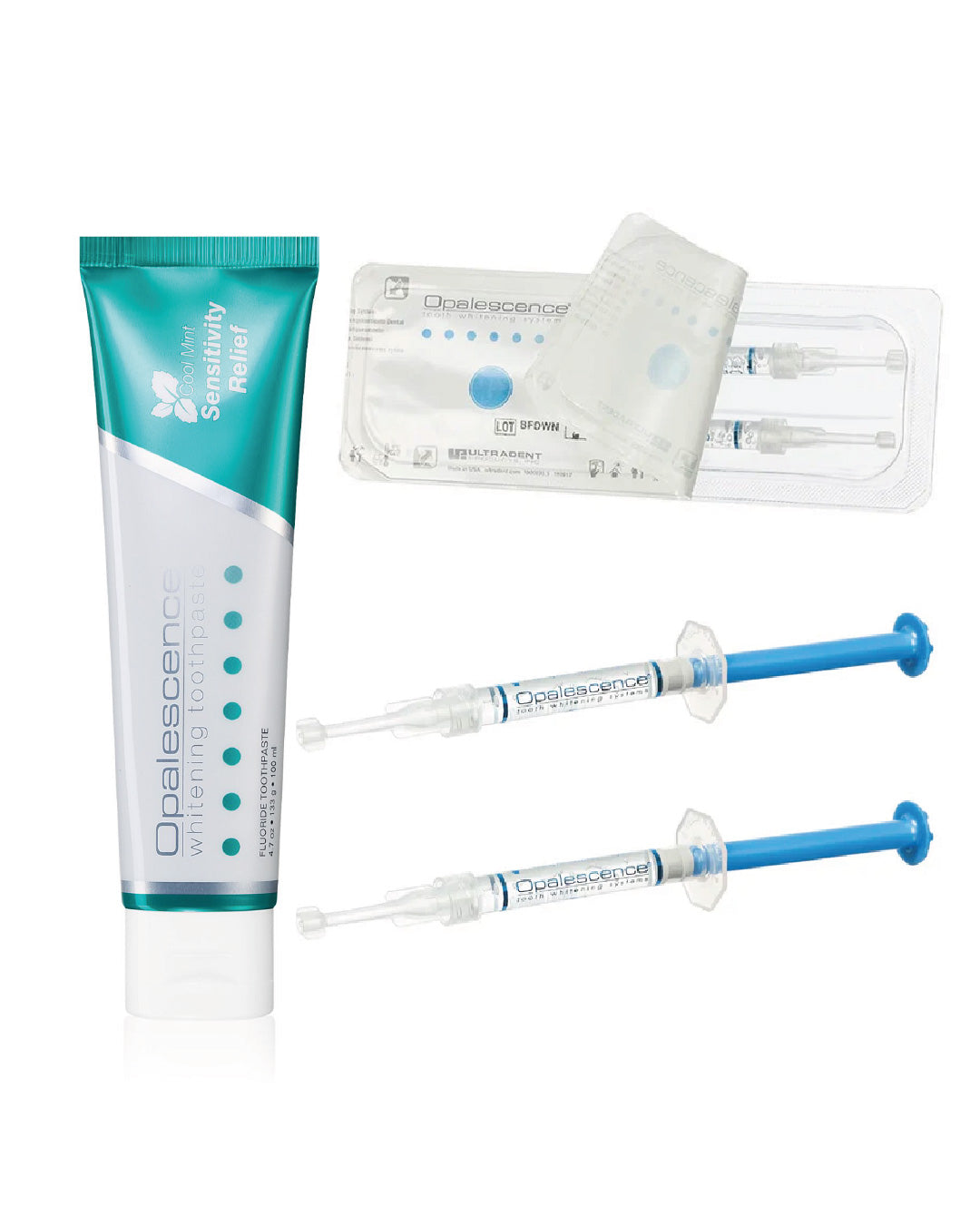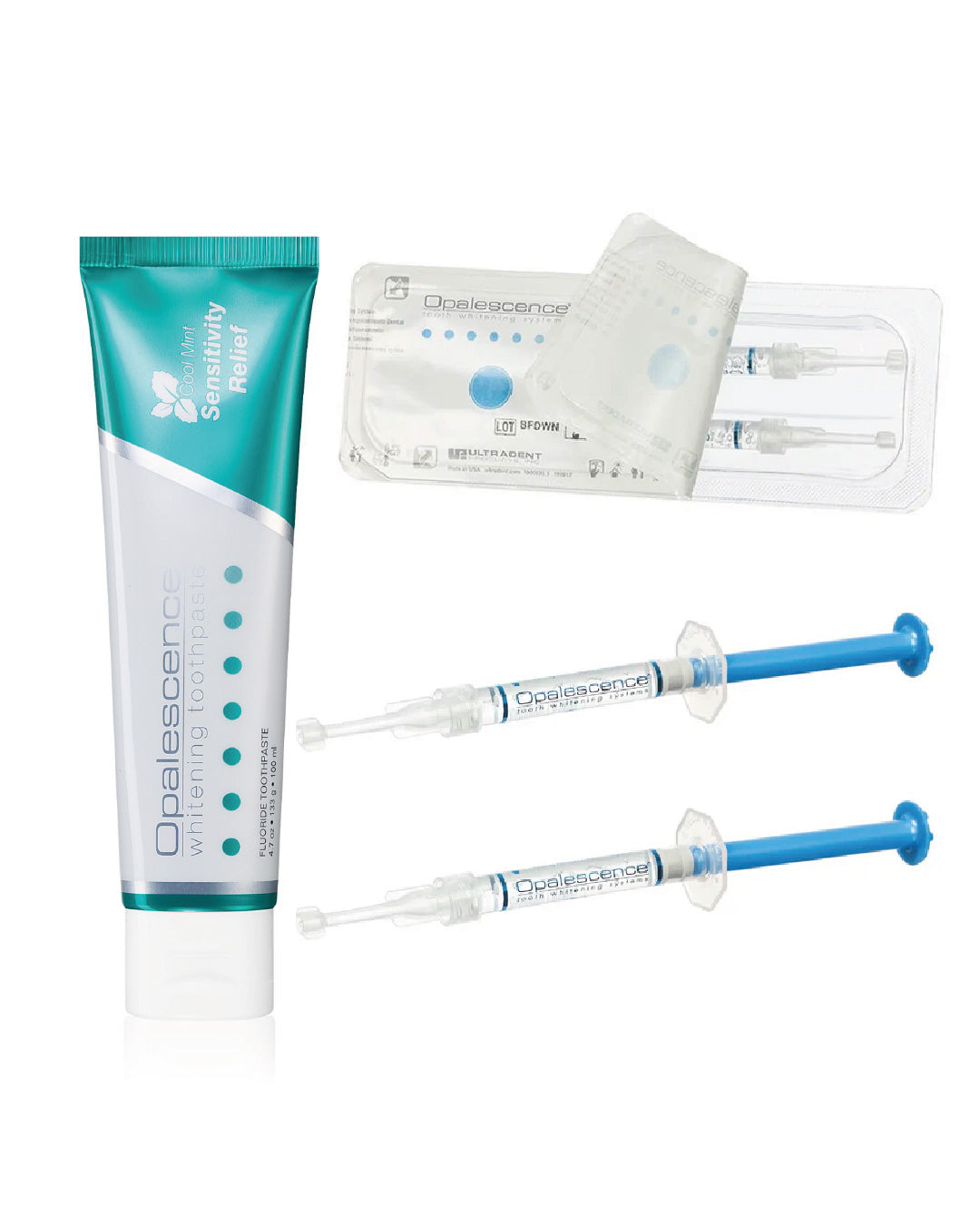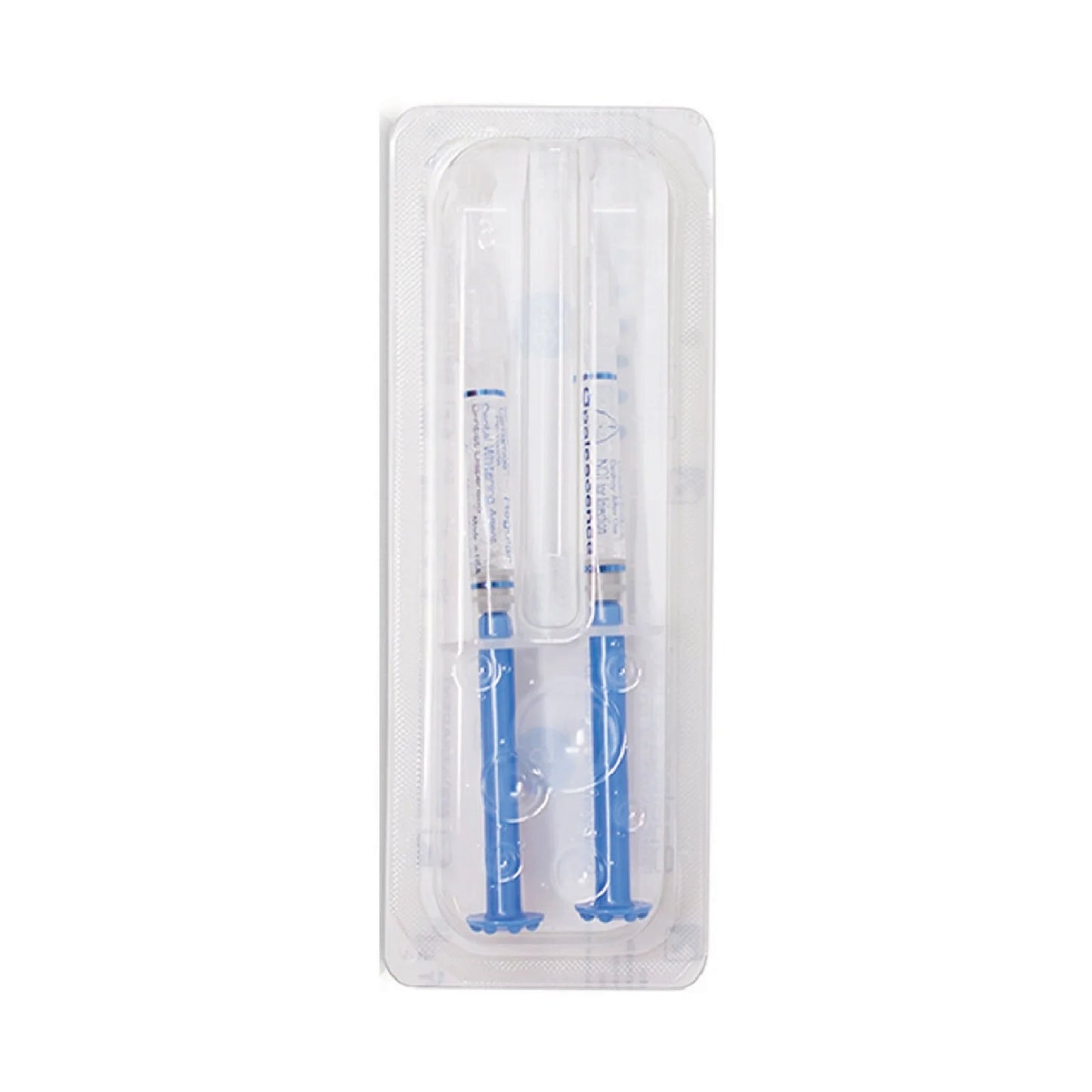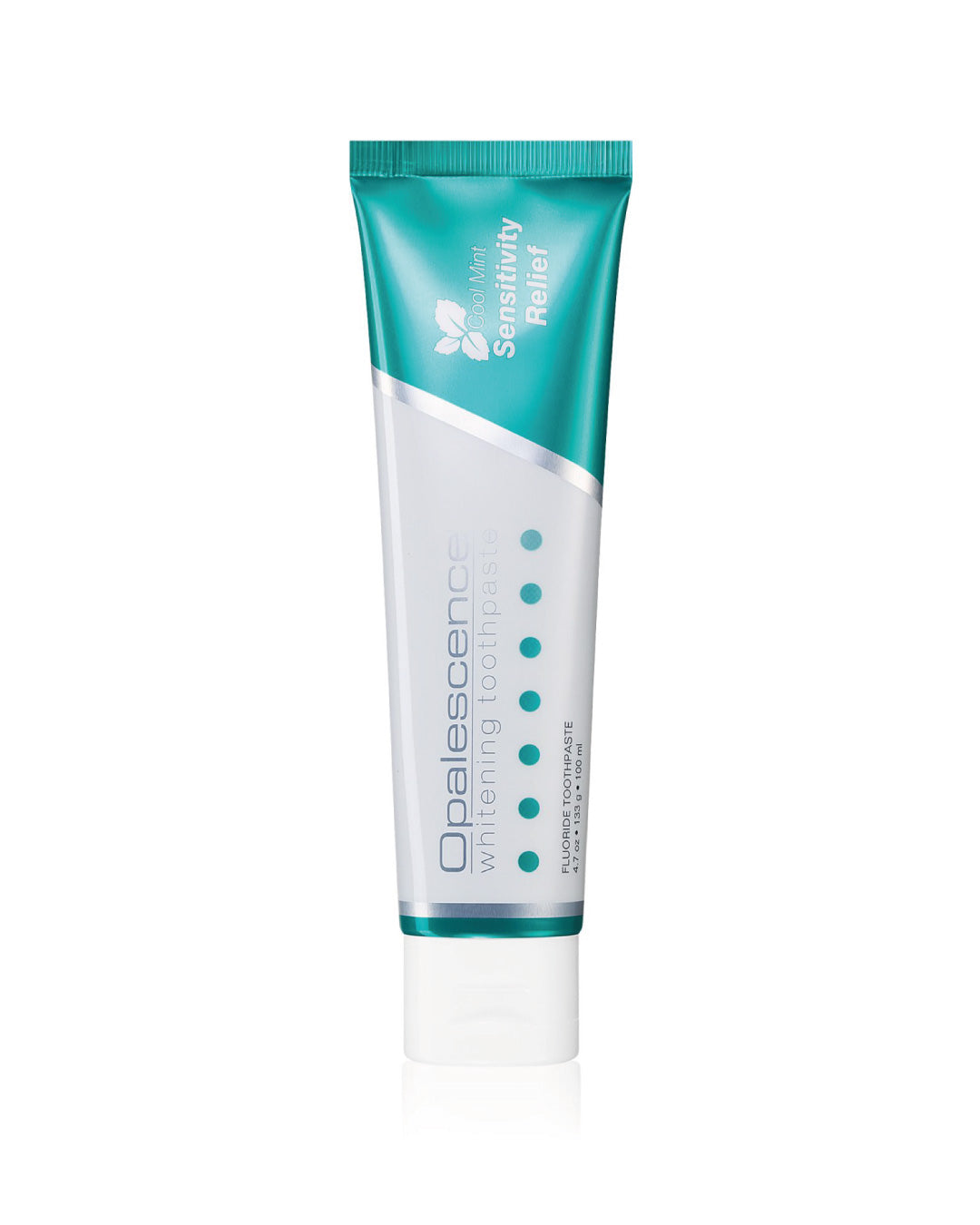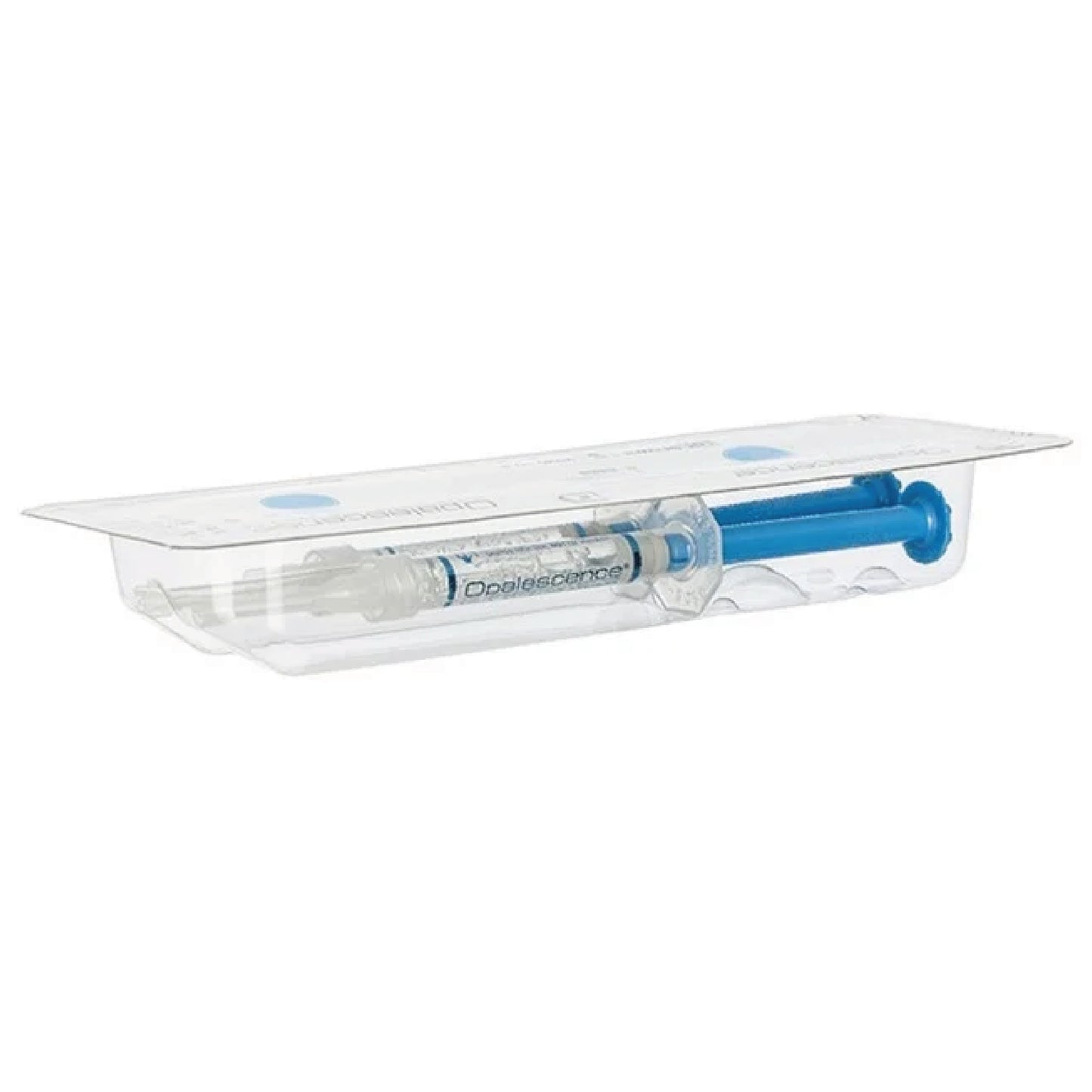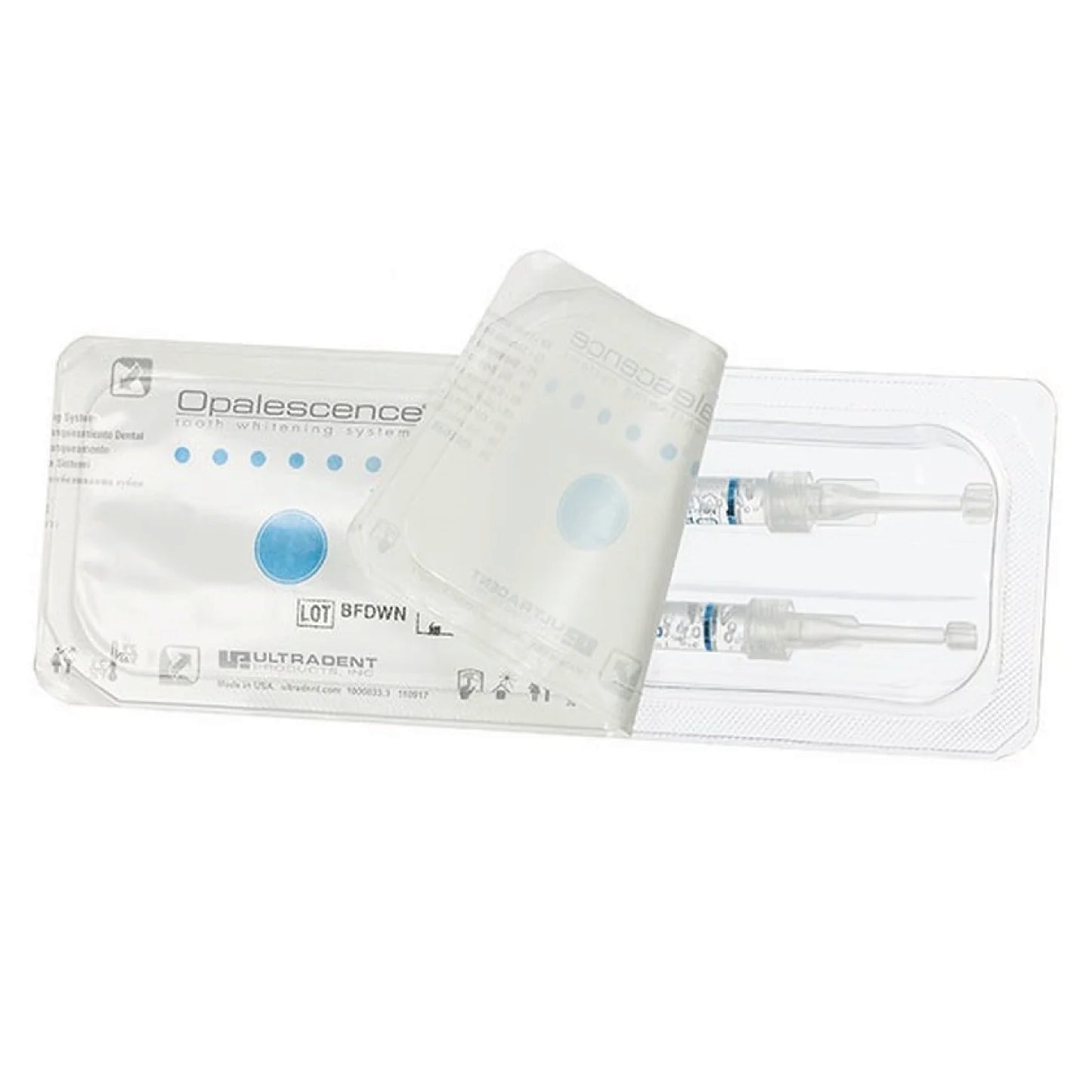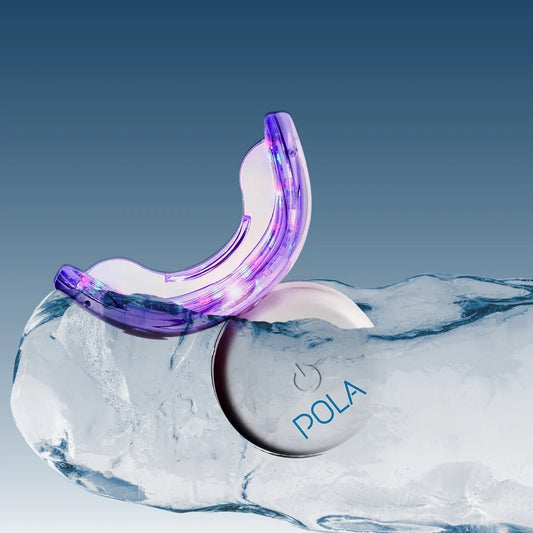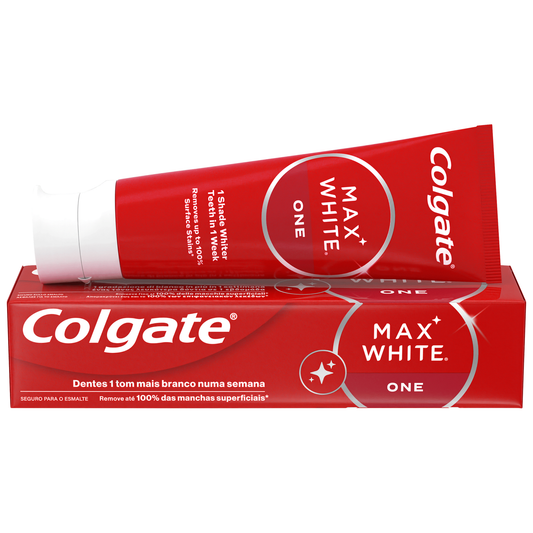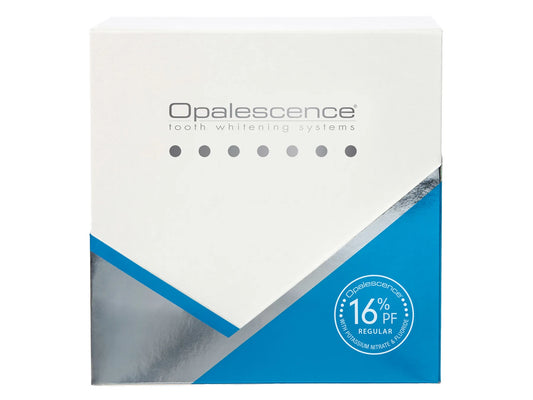Carbamide Peroxide: How It Works and Benefits

When you think of teeth whitening, there’s one compound that inevitably comes to mind: carbamide peroxide. This ingredient occupies a central place in whitening treatments, and for good reason. Its effectiveness, safe handling and flexibility of application have made it a favorite in both dental offices and at-home kits.
Let’s find out what makes this chemical agent such a reliable choice, and what you should know before using it.
Chemical composition and origin
Carbamide peroxide, also known as urea hydrogen peroxide, is the result of combining hydrogen peroxide with urea in well-defined proportions. It is a white crystalline solid, stable at room temperature when stored correctly and with a natural tendency to release oxygen when it comes into contact with water or saliva.
The reaction that underlies its functioning can be summarized as follows:
| Component | Chemical Formula | Main Function |
|---|---|---|
| Hydrogen peroxide | H₂O₂ | Direct bleaching agent |
| Urea | CO(NH₂)₂ | Stabilizes and modulates the release of H₂O₂ |
Over time, it became clear that combining these two components results in a safer compound, whose irritation potential is lower than that of pure hydrogen peroxide, without compromising the effectiveness of whitening.
How it is used in dentistry
The application of carbamide peroxide is present in multiple solutions developed to restore whiteness to teeth. The variable concentration – usually between 10% and 35% – allows the treatment to be adapted according to the sensitivity and objectives of each person.
When we talk about external whitening (i.e. of the visible surfaces of the teeth), this agent comes in the form of a gel, ready to be placed in custom-made trays or in strips for direct application.
Two major application contexts can be distinguished:
- Professional: Performed in a clinic, under strict supervision. Concentrations tend to be higher, with support to minimize risks.
- Home: Use of kits prescribed by the dentist, generally with lower concentrations. Regular use, over days or weeks, guarantees gradual and controlled results.
Not limited to bleaching, carbamide peroxide is also used in certain disinfection operations, taking advantage of the controlled release of active oxygen.
Bleaching mechanics: how does carbamide peroxide work?
The secret to its success lies in its ability to penetrate enamel and dentin. There, it slowly breaks down into hydrogen peroxide and urea, releasing oxygen free radicals that break the bonds of the pigments responsible for the stains.
This process, known as oxidation, alters the molecular structures of colored substances, making them colorless or easier to remove.
The rate at which hydrogen peroxide is released, which is slower in the case of carbamide peroxide, plays two fundamental roles:
- Reduces the risk of tooth sensitivity
- Reduces aggression to gums and mucous membranes
It is this controlled smoothness that attracts professionals and users alike.
Advantages of using carbamide peroxide
Over the years, its reputation has been cemented by multiple benefits:
- Superior safety: Compared to other whitening agents, it has lower toxicity and irritation potential.
- Sensitivity control: The moderate release of hydrogen peroxide helps to avoid acute episodes of sensitivity.
- Adaptability: Different concentrations allow the treatment to be adjusted to different needs.
- Gradual results: The gradual effect results in less abrupt treatment, benefiting overall oral health.
This list, combined with its ease of use in a home environment under professional supervision, makes it the preferred choice for thousands of people annually.
Applications and concentrations – A practical look
Not all cases are the same, and carbamide peroxide concentrations should not be the same either. Home kits typically range between 10% and 16%, while professional interventions can go up to 35%.
The main factors to consider are:
- Initial condition of the teeth: Deep stains require longer or more concentrated treatments
- Tooth sensitivity: Patients with a history of sensitivity should opt for lower concentrations
- Aesthetic objectives: The intensity and speed of the desired whitening guide the usage plan
It is also important to highlight that supervision by a dentist is absolutely essential, not only when choosing the product but also when supervising the process.
Comparison between carbamide peroxide and hydrogen peroxide
| Criterion | Carbamide Peroxide | Hydrogen Peroxide |
|---|---|---|
| Speed of action | Slower | Faster |
| Sensitivity risk | Minor | Bigger |
| Application method | Domestic/professional | Greater professional use |
| Temperature stability | High | Lower |
| Duration of whitening effect | Extended | Fast but less lasting |
Side effects to consider
Despite its positive aspects, even carbamide peroxide is not free from possible side effects, especially with prolonged or inappropriate use. The most common include:
- Transient tooth sensitivity : Generally temporary, it tends to disappear after the end of treatment.
- Gum irritation : Associated with improper contact of the gel with the gums, it can be minimized with careful application
- Temporary changes in enamel texture or shine : Usually reversible with proper oral hygiene
It is rare, but possible, to observe more serious effects if high concentrations are abused or if used without qualified supervision.
These situations reinforce the importance of advice from a professional, as well as a prior assessment before starting any whitening protocol.
Who should avoid carbamide peroxide?
Despite its good safety profile, there are specific cases in which it should be used with great caution, or even avoided:
- Pregnancy and breastfeeding
- Children and adolescents with teeth still forming
- People with active oral pathologies (cavities, gingivitis, untreated lesions)
- Known allergies to gel components
In these scenarios, it is preferable to postpone or look for appropriate alternatives.
Prevention and maintenance of results
The results can be spectacular, but they require some care to maintain. Some behaviors are recommended after treatment, including:
- Reducing consumption of highly pigmented foods: coffee, red wine, dark sauces
- Avoid tobacco smoke
- Strict oral hygiene, using adequate brushing and dental floss
- Regular consultations for professional monitoring
This set of simple practices increases the longevity of a healthy, white smile.
The role of professional monitoring
There is no substitute for the experience and knowledge of a dentist when planning and supervising carbamide peroxide treatments. This is the only way to ensure safe, long-lasting results that are tailored to the true needs of each individual.
Teeth whitening is, above all, a conscious investment in self-esteem and oral well-being, and carbamide peroxide is firmly positioned as one of the safest and most effective pillars of this choice.
Products containing carbamide peroxide
The dental industry has been continually evolving, offering a wide range of products that incorporate carbamide peroxide, taking advantage of its proven effectiveness for teeth whitening. The diversity of these products allows consumers to choose the best solution according to their personal needs and preferences. Below is a list of some widely recognized products, available for both professional and home use:
- Opalescence PF : Available in various concentrations, this gel is a favorite in dental offices for its effectiveness and formulation that includes fluoride and potassium nitrate, helping to minimize sensitivity.
- Polanight : Known for its fast-acting and effective ability, Polanight is ideal for those who prefer a treatment while sleeping, offering a variety of concentrations to customize the user experience.
- DayWhite : A product developed for quick applications during the day, with different intensities of carbamide peroxide, adapting to the preferences and schedules of users.
- Colgate Optic White Professional : Offering a combination of in-office treatment and at-home maintenance, this product uses carbamide peroxide technology in an innovative way for long-lasting whitening results.
- Zoom NiteWhite : Developed by Philips, this kit is designed for nighttime use, maximizing comfort and minimizing gum irritation, a popular choice among professionals for its proven effectiveness.
These products not only exemplify the versatility of carbamide peroxide, but also highlight how ongoing innovations in the dental industry are redefining the way we view teeth whitening. Under the guidance of a professional, these treatments become powerful tools in the quest for the perfect smile, each offering a balance of effectiveness, safety and convenience. Always seek the advice and supervision of a dentist to select the product that best meets your expectations and oral health.

